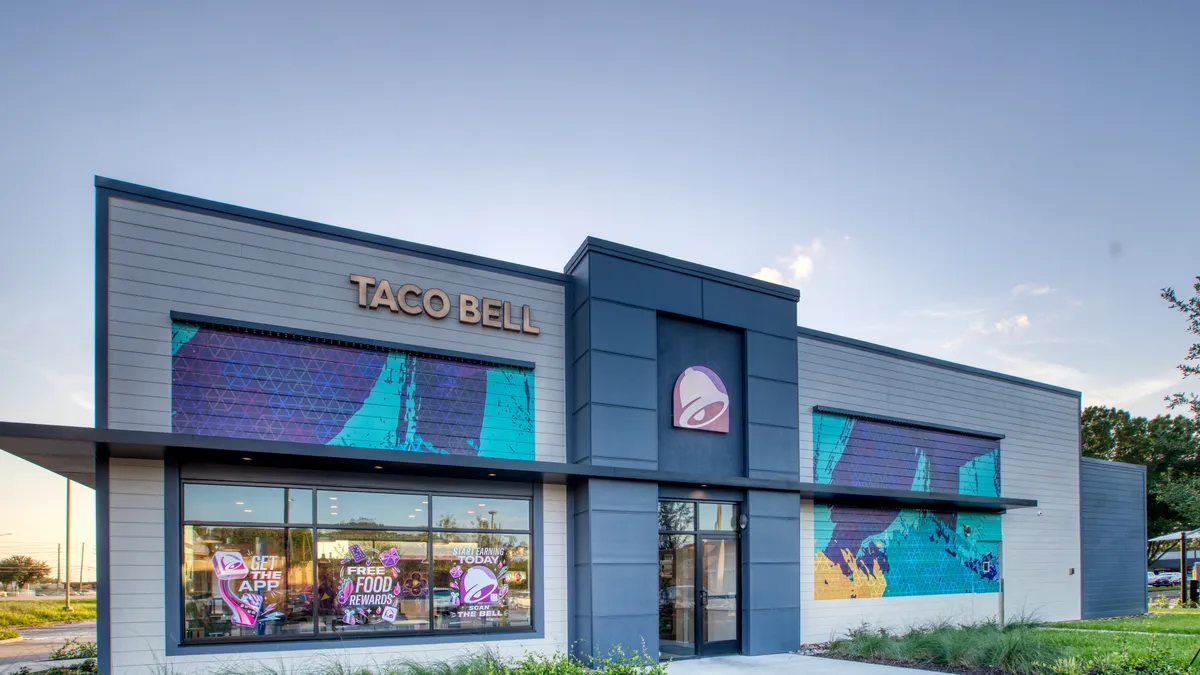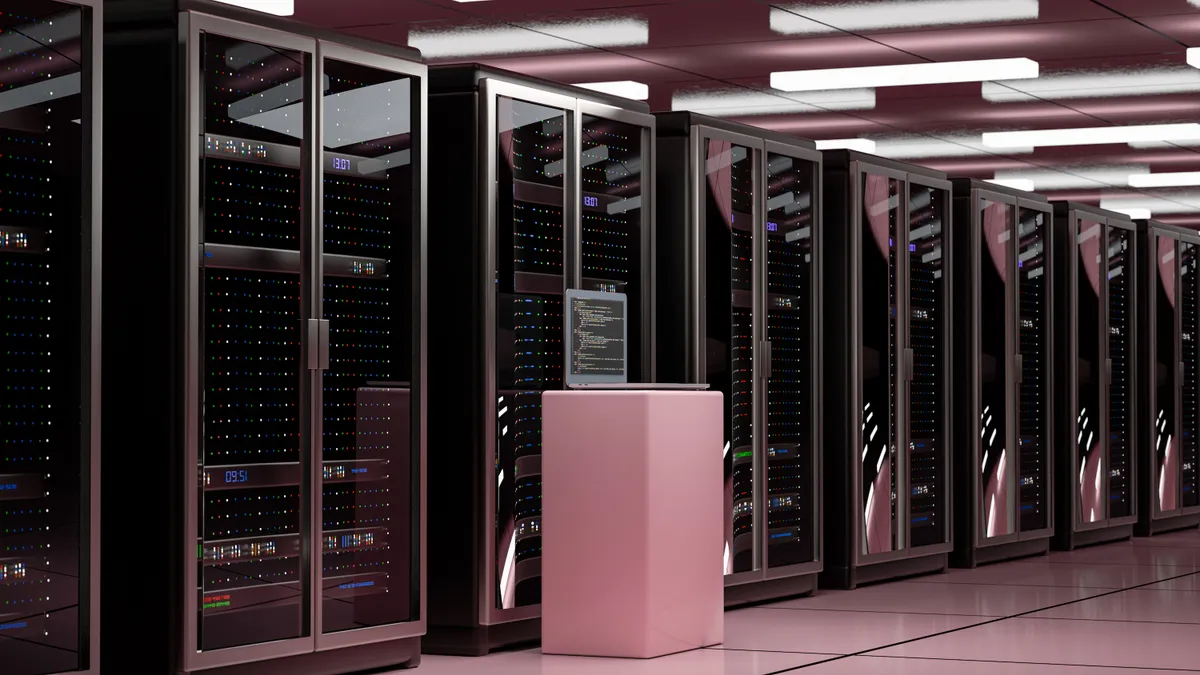When one of the largest enterprise software companies embarks on a restructuring journey, the announcement reverberates globally, touching IT stacks across industries and economies.
ERP behemoth SAP announced Wednesday that it will pour billions of dollars into a massive transformation project. The plan, which seeks to increase the company's focus on AI, is expected to impact as many as 8,000 current employees, open additional markets and drive new revenue streams.
The move will also affect tens of thousands of SAP customers, as the company intensifies its shift to a cloud-based delivery model with usage-based pricing.
The company factored AI investments into the transformation bill, allocating $1.09 billion (1 billion euros) to the development of use cases over the next two years. But SAP expects to spend twice that amount, $2.18 billion (2 billion euros), on broader restructuring as it shepherds its vast customer base to cloud.
Behind SAP's interest in business AI capabilities is the need to accelerate cloud adoption among customers, an effort the company previously started but is still in process.
“Cloud ERP suite is our growth engine,” CFO Dominik Asam said Wednesday, during a Q4 2023 earnings call, noting that cloud revenue has surpassed software licensing and support and is not the company’s fastest growing revenue stream.
“Cloud is the big elephant in the room for SAP, despite some of the other announcements that they spent time on during the earnings call,” Liz Herbert, VP and principal analyst at Forrester, told CIO Dive.
Before cloud, SAP had a decades-long history as a legacy, on-prem software company, dating back to its 1972 foundation. Despite broad cloud adoption across the enterprise application suite, a lot of SAP’s customers haven’t prioritized ERP migration, Herbert said.
Shifting to cloud has clear end-user advantages.
“It opens up this idea of continuous innovation, never having to worry about an upgrade, often having the best, most current capabilities in privacy and security and everything else,” Herbert said.
But ERP modernization isn’t cheap, especially for large enterprises.
“Some enterprise customers are questioning whether now is the right time to spend what can be hundreds of millions or even billions of dollars on a big ERP modernization,” Herbert said. “It's disruptive, it's expensive and it can be risky.”
Accelerating the SaaS shift
SAP isn’t new to cloud.
The company launched its first cloud-based SaaS solution SAP Business ByDesign, in 2007, Christian Hestermann, senior director analyst at Gartner, told CIO Dive.
The shift accelerated three years ago when Christian Klein became CEO of SAP and pushed for cloud-focused transformation. Earlier this month, the company created a board-level cloud migration unit under the direction of former CIO and product engineer Thomas Saueressig.
“It's been an ongoing transformation,” Hestermann said. “Most of the line-of-business solution acquisitions the company has made over the past few years — SuccessFactors for human resources and Ariba for purchasing and supplier network management — have been cloud-based from the beginning.”
But buy-in from SAP’s existing customers base has been a challenge.
Gartner found that only one-third of SAP ERP Central Component, or ECC, customers had initiated their transition to the cloud-based S/4HANA, the company’s newest ERP solution. The analyst firm noted in a midyear report that there was “little evidence that migrations to SAP S/4HANA are taking place at the rate needed to meet SAP’s target to terminate mainstream maintenance support for ECC in 2027.”
“We believe that the vast majority of S/4HANA customers today are using the private cloud version, not the public cloud version,” Hestermann said.
SAP has made several moves to accelerate migrations. The company raised on-prem software support fees in July and announced that some updates and features would not be available outside of the fully SaaS-based ERP platform.
Hestermann said it surprised customers last summer when SAP announced that some innovations will only be made available in the public cloud version.
The cost of modernization
In addition to the billions SAP is investing in modernizing its business, there are inherent costs to restructuring operations around a cloud-first model.
As SAP moves to cloud SaaS, they must ramp up capacity on the cloud side while ramping down capacity for on-prem, Hestermann said. That will require changes in workflows and workforce, leading to reassignment, reskilling and potential layoffs.
The company has indicated that the majority of the 8,000 positions affected will be “covered by voluntary leave programs and internal re-skilling measures.”
The SaaS model has other implications, specifically on the buyer-seller relationship.
“Business departments outside of IT can subscribe to a SaaS solution,” Hestermann said. “They don’t need to buy new servers or have IT staff operate the system. This means the vendor can bypass the IT department and procurement department and go directly to business users with a product offering.”
Publicly prioritizing the shift has benefits, too.
Herbert said it’s important for SAP to signal to its current and potential customer base that it is serious about modernization.
It’s a positive signal to investors as well. “The stock markets are very interested in how well the move is progressing because SaaS is a more predictable revenue model,” Hestermann said.
The problem has been in the rollout, according to Herbert.
The company implemented the RISE with SAP migration program to ease enterprise adoption two years ago and launched GROW with SAP, a similar service for midsized customers, last year.
“We lead with our RISE and GROW with SAP offerings,” Klein said during the earnings call, adding the company is offering targeted migration incentives and methodologies to accelerate the RISE conversion.
“It’s good that they are promoting cloud,” said Herbert. “But I think they got themselves into a little bit of trouble by promoting the idea of flexible cloud deployment models and then shifting this year to saying you're not going to get all the innovation and benefits if you don’t move to public cloud.”






















